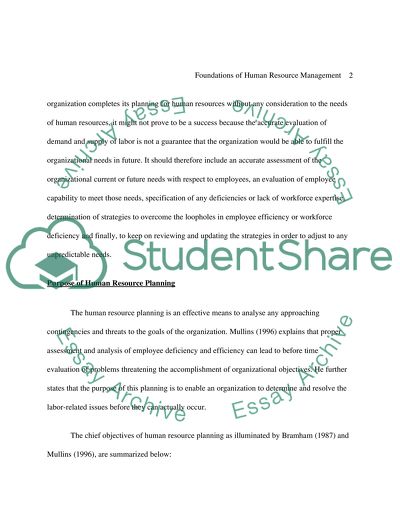Cite this document
(The Nature and Purpose of Human Resource Planning Essay Example | Topics and Well Written Essays - 2000 words, n.d.)
The Nature and Purpose of Human Resource Planning Essay Example | Topics and Well Written Essays - 2000 words. https://studentshare.org/human-resources/1508457-founations-of-human-resource-management
The Nature and Purpose of Human Resource Planning Essay Example | Topics and Well Written Essays - 2000 words. https://studentshare.org/human-resources/1508457-founations-of-human-resource-management
(The Nature and Purpose of Human Resource Planning Essay Example | Topics and Well Written Essays - 2000 Words)
The Nature and Purpose of Human Resource Planning Essay Example | Topics and Well Written Essays - 2000 Words. https://studentshare.org/human-resources/1508457-founations-of-human-resource-management.
The Nature and Purpose of Human Resource Planning Essay Example | Topics and Well Written Essays - 2000 Words. https://studentshare.org/human-resources/1508457-founations-of-human-resource-management.
“The Nature and Purpose of Human Resource Planning Essay Example | Topics and Well Written Essays - 2000 Words”. https://studentshare.org/human-resources/1508457-founations-of-human-resource-management.


